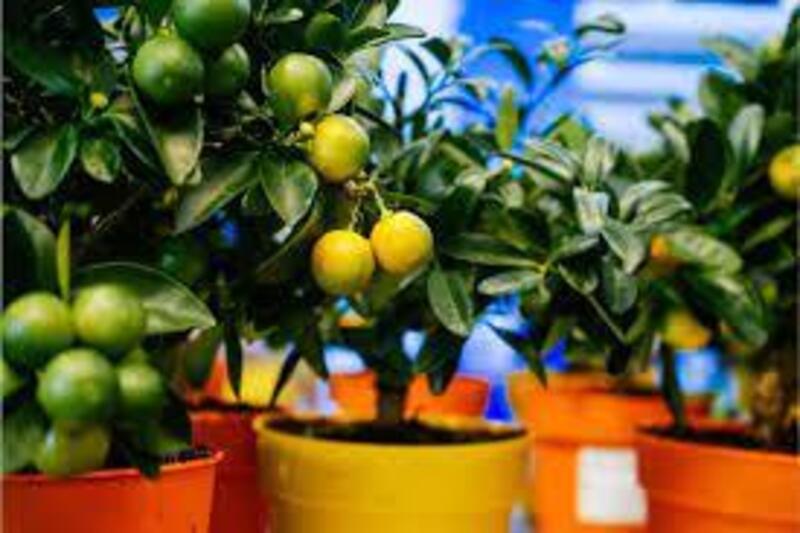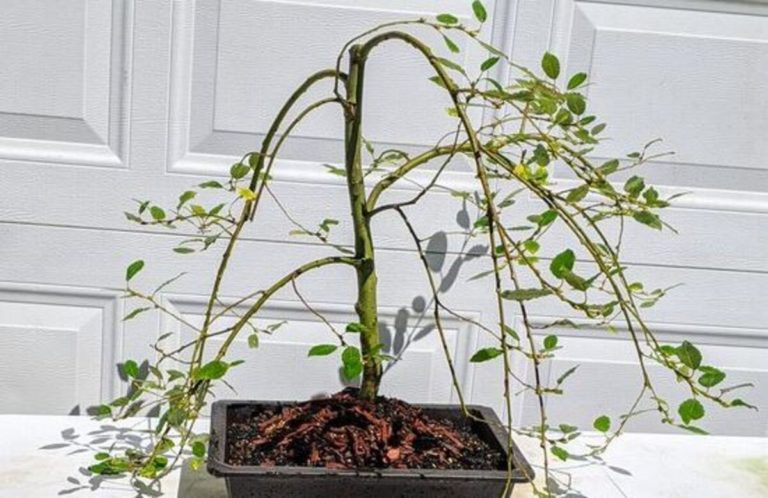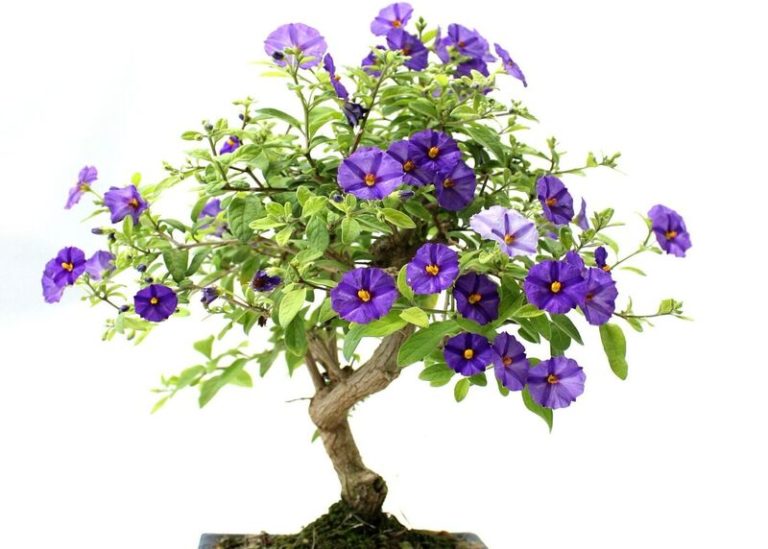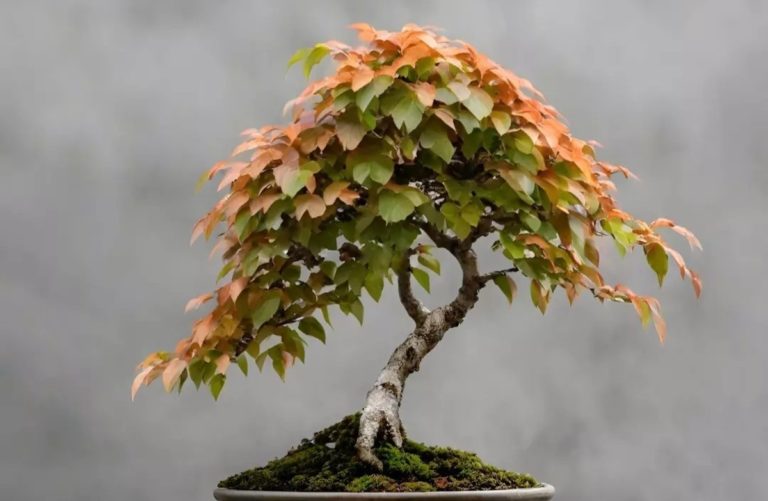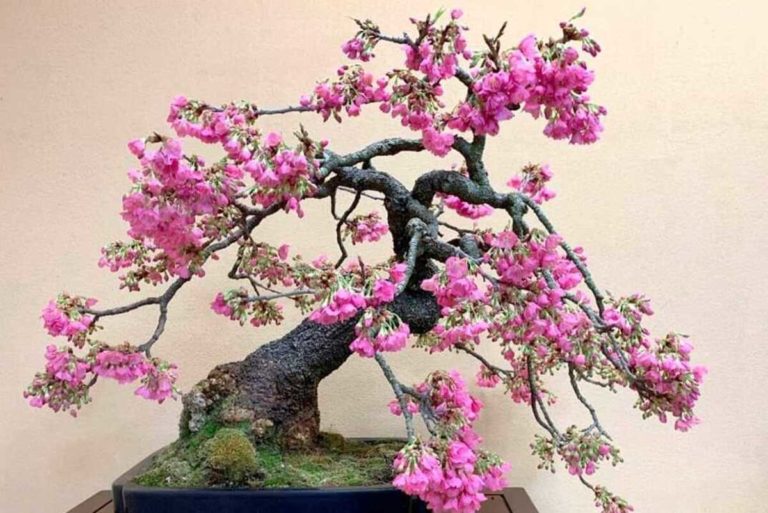Bonsai Lemon Tree: More than Just a Pretty Plant
A bonsai lemon tree is a little ornamental tree that gives you delicious, fresh lemons. It’s a terrific way for amateur gardeners to get some fresh lemons and practice their green thumbs at the same time.
In this post, we’ll discuss the merits of keeping a bonsai lemon tree, how to select the best lemon tree variety, and basic care and maintenance procedures.
Benefits of Growing a Bonsai Lemon Tree
Growing a bonsai lemon tree is not only a great way to exercise your green thumb, but it also offers a number of benefits. Here are just a few:
- Health benefits of lemons: Lemons are high in vitamins and minerals that are beneficial to your health. They can assist your immune system, digestion, and promote healthy skin.
- Aesthetic appeal: Lemon bonsai plants bring beauty and brightness to any living room or yard. They provide a pleasant and inviting ambience with their lush green foliage and dazzling yellow fruit.
- Therapeutic hobby: A satisfying and calming activity is growing and caring for a bonsai lemon tree. Patience, attention to detail, and a sense of originality are required. Furthermore, caring for and seeing your tree develop may be a peaceful and stress-relieving hobby.
- Opportunity for gardening hobbyists: Indulge your green thumb and take on a new challenge with the addition of a bonsai lemon tree to your landscape. Sharing gardening knowledge and experiences with like-minded others is another perk.
- Sustainable source of lemons: Get an endless supply of lemons from the comfort of your own home or yard by cultivating a bonsai lemon tree. This not only guarantees that you always have access to fresh and healthy fruit, but it also helps you lower your carbon footprint by not having to ship lemons from far away.
Overall, growing a bonsai lemon tree is a great way to reap the benefits of lemons, add beauty to your surroundings, and engage in a rewarding and therapeutic hobby. Give it a try and see for yourself!
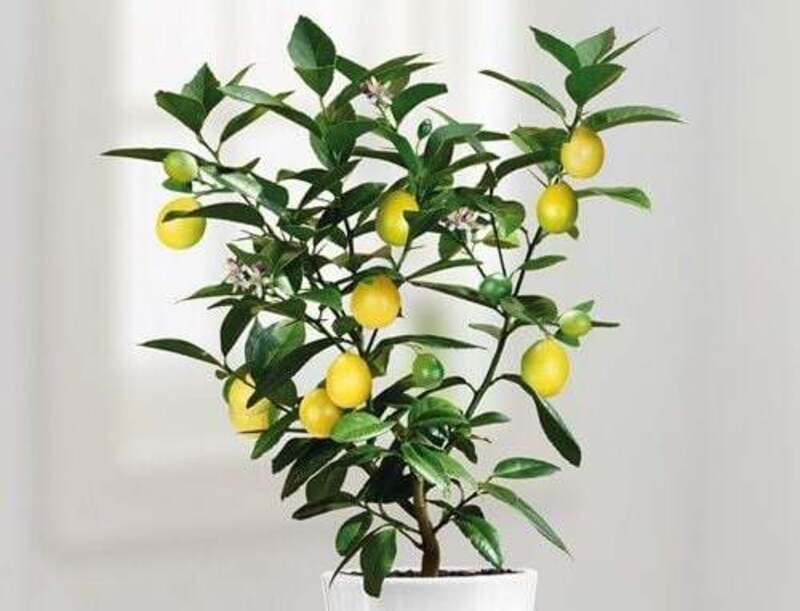
Choosing the Right Lemon Tree for Bonsai
When it comes to growing a bonsai lemon tree, choosing the right type of lemon tree is crucial. Not all lemon trees are suitable for bonsai, so it’s important to select a tree that will thrive in a smaller pot and can be trained to maintain its desired shape. Here are a few factors to consider when choosing a lemon tree for bonsai:
- Tree size: The size of the lemon tree is an important factor to consider. Dwarf lemon trees or lemon trees that are naturally small in size are ideal for bonsai. These trees will be easier to train and maintain in a smaller pot, and their roots will be less likely to outgrow the pot.
- Tree shape: Look for a lemon tree that has a desirable shape for bonsai. This will make it easier to train the tree to maintain its shape and create a visually appealing bonsai tree. Look for trees with a straight trunk, balanced branches, and a pleasing overall shape.
- Tree hardiness: In order to successfully cultivate a bonsai lemon tree, it is necessary to select the proper lemon tree kind. Not all lemon trees are suited for bonsai, therefore it is essential to choose one that can grow in a smaller container and can be trained to keep the desired shape.
- Root system: Look for a lemon tree with a developed root system that is not too vast when making a bonsai. The plant’s root system shouldn’t overrun a smaller container too rapidly.
The success of your bonsai lemon tree depends in large part on your decision of which lemon tree to use. Choose a tiny tree that has good form, is resistant to pests and disease, and has a shallow root system that won’t become a problem. Bonsai lemon trees, when grown from the correct tree, can be stunning works of art that last for decades.
How to Grow a Bonsai Lemon Tree
Here are the basic steps you need to follow to grow a healthy and beautiful bonsai lemon tree:
Preparing the pot and soil – The root ball of your lemon tree should fit comfortably in the container you decide on. Plant in nutrient-rich, well-drained soil. Put soil in the pot and make a hole in the middle to put the lemon tree.
Choosing the right location – Lemon trees require plenty of sunlight to thrive. Choose a sunny location where your bonsai lemon tree can get at least 6 hours of direct sunlight each day.
Watering and fertilizing – Water your bonsai lemon tree regularly, but do not overwater. Make sure the soil is moist, but not waterlogged. Fertilize your lemon tree with a balanced fertilizer once a month during the growing season (spring and summer) to promote healthy growth.
Pruning and shaping- Prune your bonsai lemon tree regularly to maintain its desired shape and size. Use sharp pruning shears to remove any dead or diseased branches, and to shape the tree as desired. You can also wire the branches to train them into the desired shape.
Repotting- Every two to three years, repot your bonsai lemon tree in fresh soil to promote healthy growth and prevent the roots from becoming too crowded in the pot.
Growing a bonsai lemon tree requires attention to detail, but can be a fun and rewarding hobby. With the right pot, soil, location, and care, you can enjoy a healthy and beautiful bonsai lemon tree for years to come.
Troubleshooting Common Problems
Here are some common problems you may encounter when growing a bonsai lemon tree and how to troubleshoot them:
Yellowing leaves: Yellowing leaves are a sign that your bonsai lemon tree is not getting enough nutrients. Check the soil to make sure it is well-drained and rich in nutrients. Consider fertilizing your tree with a balanced fertilizer to provide it with the necessary nutrients. Also, make sure your tree is getting enough sunlight, as a lack of sunlight can also cause yellowing leaves.
Over or under-watering: Over-watering or under-watering your bonsai lemon tree can cause a range of problems, including wilting leaves, root rot, and leaf drop. Make sure you are watering your tree regularly, but not too much. The soil should be moist, but not waterlogged. Use a moisture meter to check the soil’s moisture level, and adjust your watering schedule as needed.
Pests and diseases: Bonsai lemon trees are susceptible to a range of pests and diseases, including spider mites, aphids, and fungal diseases. Keep an eye out for signs of pests or diseases, such as discolored leaves or unusual growths. If you notice any issues, treat your tree with an appropriate pesticide or fungicide. You can also prevent pests and diseases by keeping your tree in a well-ventilated area and maintaining proper hygiene practices.
While growing a bonsai lemon tree can be challenging at times, with the right care and attention, you can troubleshoot common problems and maintain a healthy and beautiful bonsai lemon tree. Keep an eye out for yellowing leaves, over or under-watering, and pests or diseases, and address any issues promptly to ensure your tree stays healthy and strong.
Maintenance & Care of Bonsai Lemon Trees
Here are some specific maintenance and care tips for your Bonsai Lemon Tree:
- Watering: Water your Bonsai Lemon Tree regularly, but do not overwater. Allow the soil to dry out slightly before watering again. Check the soil moisture level regularly by sticking your finger about an inch into the soil. If it feels dry, it’s time to water.
- Soil: Use a well-draining soil mix that allows for proper drainage. Avoid heavy soils that can retain too much moisture and lead to root rot.
- Fertilizer: Use a citrus-specific fertilizer every 2-3 weeks during the growing season (spring and summer) to promote healthy growth and fruit production.
- Pruning: Regularly prune your Bonsai Lemon Tree to maintain its form and encourage fruit production. Remove any dead or diseased branches and shape the tree as desired.
- Wiring: Use wire to shape branches when they are young and flexible. Avoid wiring older branches, as they can be brittle and snap easily.
- Sunlight: Provide your Bonsai Lemon Tree with bright, direct sunlight for 8-10 hours a day. Place the tree near a south-facing window or outside in a sunny spot (if weather permits).
- Temperature: Bonsai Lemon Trees prefer warm temperatures and should be kept in a warm environment. Protect the tree from frost and extreme temperature changes.
- Humidity: Bonsai Lemon Trees prefer a humid environment, so using a humidity tray or misting the tree regularly can help keep it healthy.
- Repotting: Repot your Bonsai Lemon Tree every 2-3 years to refresh the soil and promote healthy root growth. Repot in the spring, just before new growth appears.
- Pests/Disease: Watch for pests and diseases, such as spider mites, aphids, and scale insects. Treat promptly if detected using an appropriate insecticide or fungicide.
Bonsai Lemon Tree Care Sheet
| Aspect | Care Tips |
| Watering | Water the tree regularly, keeping the soil moist but not waterlogged |
| Soil | Use well-draining soil with a mixture of organic and inorganic components |
| Fertilizer | Use a citrus-specific fertilizer every 2-3 weeks during the growing season |
| Pruning | Regularly prune and shape the tree to maintain its form and encourage fruit production |
| Wiring | Use wire to shape branches when young and flexible |
| Sunlight | Provide bright, direct sunlight for 8-10 hours a day |
| Temperature | Keep the tree in a warm environment, protect from frost |
| Humidity | Keep the tree in a humid environment, use a humidity tray or mist regularly |
| Pests/Disease | Watch for pests and diseases, treat promptly if detected |
By following these maintenance and care tips, your Bonsai Lemon Tree can thrive and provide you with fragrant flowers and delicious fruits for years to come.
Conclusion
Growing a bonsai lemon tree is a great way to enjoy the health benefits of lemons, add beauty to your living space or garden, and exercise your green thumb. By choosing the right type of lemon tree, providing proper care, and addressing common issues, you can successfully grow and maintain a beautiful bonsai lemon tree. Give it a try and enjoy the fruits of your labor!
FAQ:
Q: What is a bonsai lemon tree?
A: A bonsai lemon tree is a small version of a lemon tree that is grown using the bonsai technique. This means that the tree is pruned and trained to grow in a certain way.
Q: How big do bonsai lemon trees grow?
A: Bonsai lemon trees can grow up to 2-3 feet tall, but they are usually much smaller than that, depending on the size of the container they are grown in.
Q: How long does it take for a bonsai lemon tree to bear fruit?
A: It can take anywhere from two to five years for a bonsai lemon tree to start bearing fruit, depending on the age of the tree when it was planted and the growing conditions.
Q: What kind of care does a bonsai lemon tree require?
A: Water, fertilize, and trim your bonsai lemon tree consistently to keep it healthy and growing. They require a warm environment with plenty of sunshine.
Q: Can bonsai lemon trees be grown indoors?
A: Yes, bonsai lemon trees may be grown indoors if they get adequate sunlight and are sheltered from breezes and temperature changes.
Q: How often should a bonsai lemon tree be watered?
Bonsai lemon trees should be watered when the soil feels dry to the touch, but not allowed to completely dry out. How often you water will depend on things like the size of the container and the amount of moisture in the air.
Q: How do I prune a bonsai lemon tree?
Prune a bonsai lemon tree regularly to control its growth and shape. Cut back any branches or shoots that are growing in the wrong direction or are too long. Use sharp pruning shears to make clean cuts and avoid damaging the tree.
Q: How do I fertilize a bonsai lemon tree?
A: Use a balanced fertilizer formulated for citrus trees and follow the manufacturer’s instructions for application rates and frequency. Fertilize the tree during the growing season, which is typically in the spring and summer.
Q: Can I propagate a bonsai lemon tree?
A: Yes, bonsai lemon trees can be propagated from cuttings or by grafting onto rootstock. However, propagation is a more advanced technique and requires some knowledge and experience.
Q: Can I eat the lemons from a bonsai lemon tree?
Absolutely, lemons from a bonsai lemon tree may be eaten and utilized in cooking, baking, or creating beverages. Nevertheless, because the tree is little, the fruit output will be reduced when compared to a full-size lemon tree.
Also Read:
Bonsai Forests: Bringing Nature’s Serenity into Your Living Space

